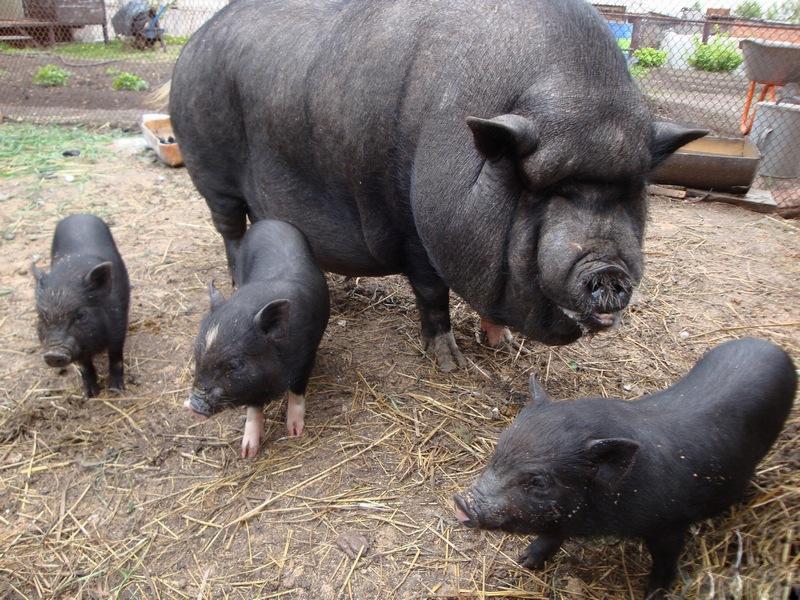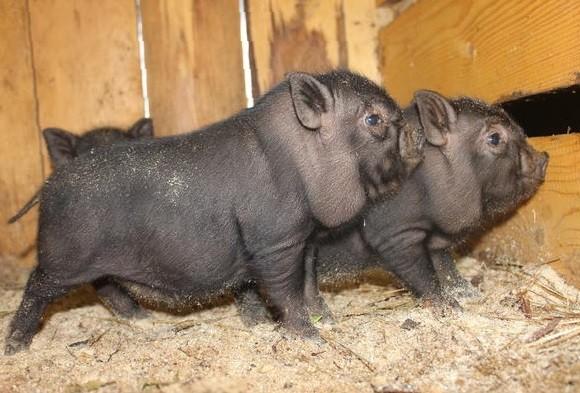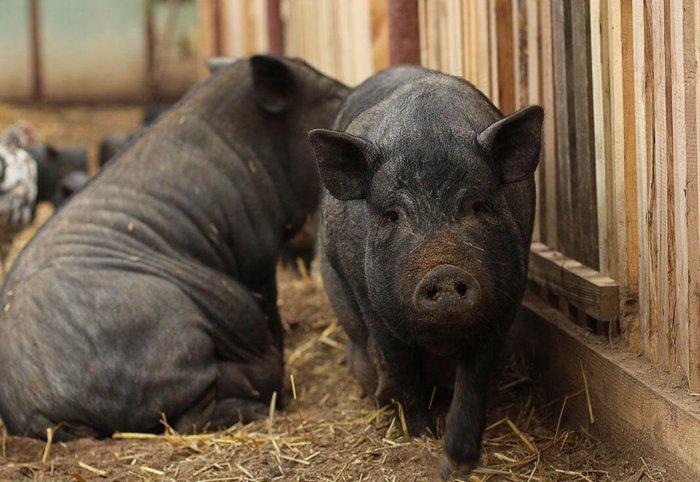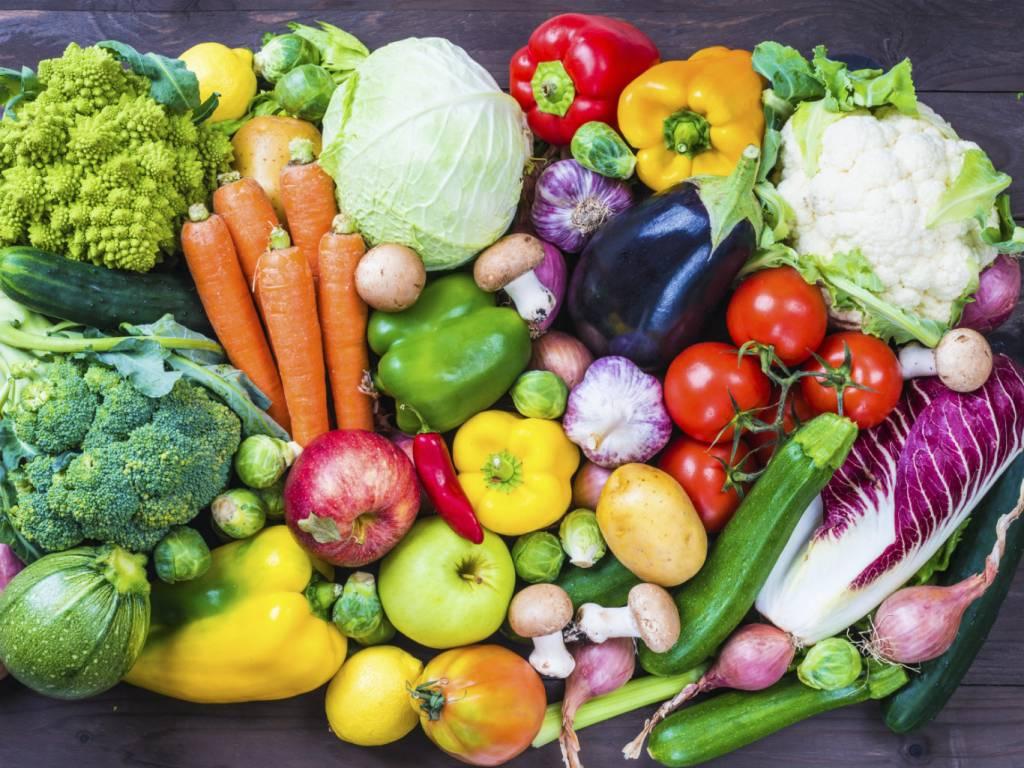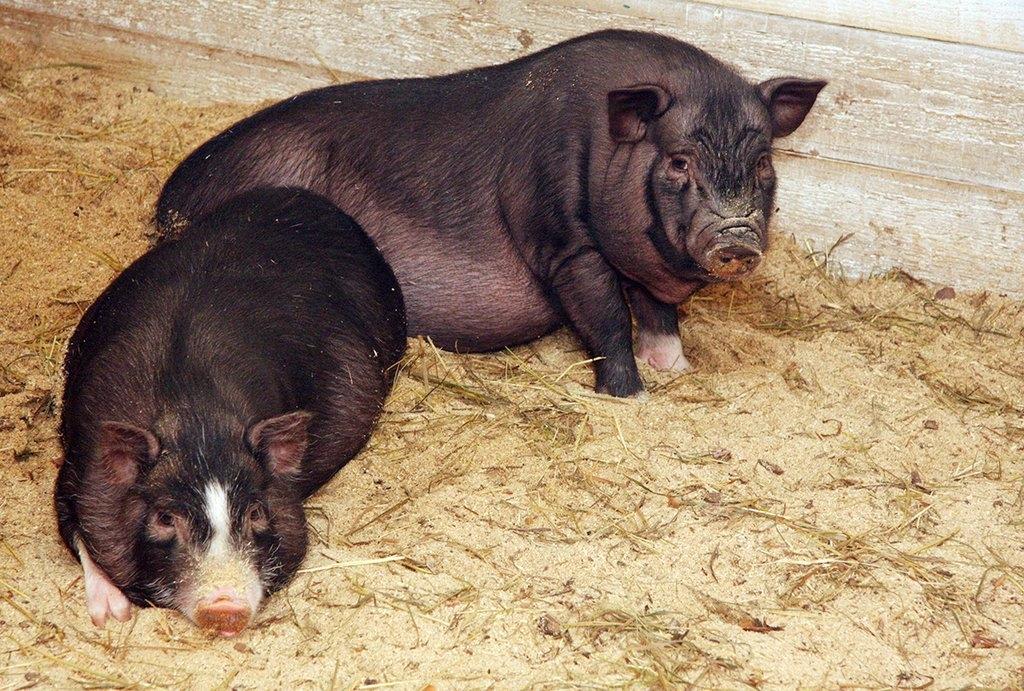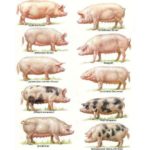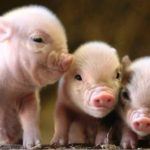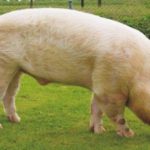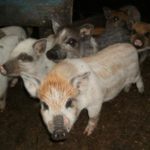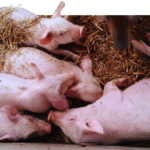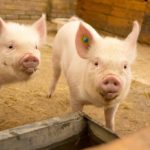For meat production, the choice of pig breed is important. If an animal quickly gains kilograms with normal care, this makes it possible to provide the family with a tasty meat product in a short period of time. It is not for nothing that they raise a Vietnamese pig, whose weight at 6 months is about 50-60 kilograms, and by the year it is almost a hundredweight.
The Importance of Weight Control
The Vietnamese pot-bellied dog has gained popularity thanks to:
- rapid puberty;
- tasty and tender meat;
- strong immunity;
- unpretentious content.
If you raise this breed of pig, you must be able to control weight gain. You should pay attention to the mass of piglets that have just been born. Both underweight and rapid weight gain indicate health problems in the female. Weight gain in piglets is monitored monthly. You need to know your weight standards to determine why your muscle mass is growing slowly. Everything plays a role: appetite, content, number of hours of sleep, behavioral activity.
Often, weight loss indicates that piglets have worms or have contracted an infection.
Up to a year, you should correctly determine the amount of vitamins and minerals when feeding. When pot-bellied nutrients are abundant, they quickly gain weight in up to six months. But further recruitment indicates an increase in the amount of fat in pigs.
Average weight of Vietnamese piglets by month
You need to start controlling the weight of Vietnamese piglets from the moment of birth. Babies weigh up to 600 grams, but not less than 350. If the cubs first gain weight through natural feeding, then weight gain depends on the food prepared by the farmer.
1 month
One mother's milk is enough for piglets for the first 10 days of life. Then comes the turn of introducing complementary foods. Along with mother's milk, month-old cubs are given porridge, eggs, and hay. It is imperative to add cereals, legumes, and vegetable products to the diet, thanks to which piglets gain weight. Iron injections are needed at this time. By the end of the 1st month, a newborn piglet increases its weight almost 10 times, reaching 4-5 kilograms.
2 months
When raising Vietnamese piglets, you need to focus on the average weight of 2-month-old piglets of 10-12 kilograms. Weight gain is not as fast as in the 1st month.If the calf continues to receive mother's milk, then the complementary feeding diet is the same as for adult pigs.
3 months
The rate of weight gain increases at this time. Pot-bellied piglets mature quickly. Due to hormonal changes in the body, they gain weight. Pigs gain weight by 300-400 grams per day, reaching 15-20 kilograms by the end of the 3rd month. It is during this period that you should include more vitamins and minerals in your diet.
From 4 to 7 months
The weight gain of pigs increases from the 4th month of life. Often livestock breeders grow them to 30-35 kilograms and send them for slaughter. They believe that after 6-7 months of life, Vietnamese are not worth raising, as it is unprofitable. After all, when a pig is slaughtered at 5 months, the meat yield is up to 80%. The product is distinguished by a pleasant delicate taste and a minimal amount of fat. Already after 6 months, a fat layer begins to form in the pot-bellied breed. Therefore, it is worth fattening animals to produce bacon.
From 7 months to a year
When they want to get as much meat as possible with dense layers of fat, they keep pigs for up to a year. The body weight of the potbelly grows by 10 kilograms per month. Therefore, at 12 months they get a boar weighing more than a hundredweight. Females may be slightly smaller.
Adult weight
Pigs left to breed offspring gain little weight after 1-1.5 years of life. On average, the increase can reach 120 kilograms. Adult pigs should be fed more cereals, with corn and legumes being kept to a minimum. They control how many kilograms the animals grow each month by varying the percentage of protein in the diet. After farrowing, the female loses weight, gradually catching up with its norm.
Factors affecting weight
A feature of the Vietnamese breed of pigs is that their small stomach and small intestines have difficulty digesting coarse fiber. Therefore, when fattening animals, they should be given:
- steamed grain;
- fresh herbs;
- pumpkin, zucchini;
- legume hay.
Food for pigs must be balanced. Depending on what they want to get from the pig: meat or lard, they include a certain amount of carbohydrates, fats, and proteins. All products are crushed so that they are easily digestible by animals. In summer, the amount of feed is reduced, increasing in winter. Pregnant pigs and females during lactation are fed more intensively. To increase appetite, adults are given fried rye or salted oats.
Regular walking of pigs promotes better absorption of food. If it is necessary to reduce the accumulation of fat, then exclude corn, wheat, and barley from the diet. Housing conditions play an important role in increasing the weight of pigs. Warm rooms with mandatory ventilation are prepared for animals. It is necessary to exclude drafts and sudden temperature changes.
Supplements containing vitamins A, E, group B, minerals, and trace elements speed up metabolism.
Supplements containing growth promoters should not be included. The drugs worsen the taste of meat and negatively affect its quality.
When is a Vietnamese pig slaughtered?
Private farmers begin to slaughter Vietnamese pigs after 4 months. The yield of gourmet meat will be within 80%. At the same time, the delicacy has a marble structure with thin layers of fat.
Industrial meat producers slaughter Vietnamese pot-bellied animals after they reach six months of age. It is at this time that 50-60 kilograms of tender meat with a minimum amount of fat are obtained.If you feed more corn and barley, the layer of lard will reach more than 3 centimeters. The correct organization of animal nutrition is reflected in the quality of meat.
A month before slaughtering pigs, nutrition should be strengthened. An animal whose diet consists of half oats, wheat, corn and peas gains weight faster. The grain must be ground and given as porridge. This way, beneficial elements are better absorbed. Pigs that have passed the age threshold of 8 months are left for breeding. Breeding the Vietnamese breed is profitable. Ease of care and strong immunity make it possible to raise animals economically successfully.

